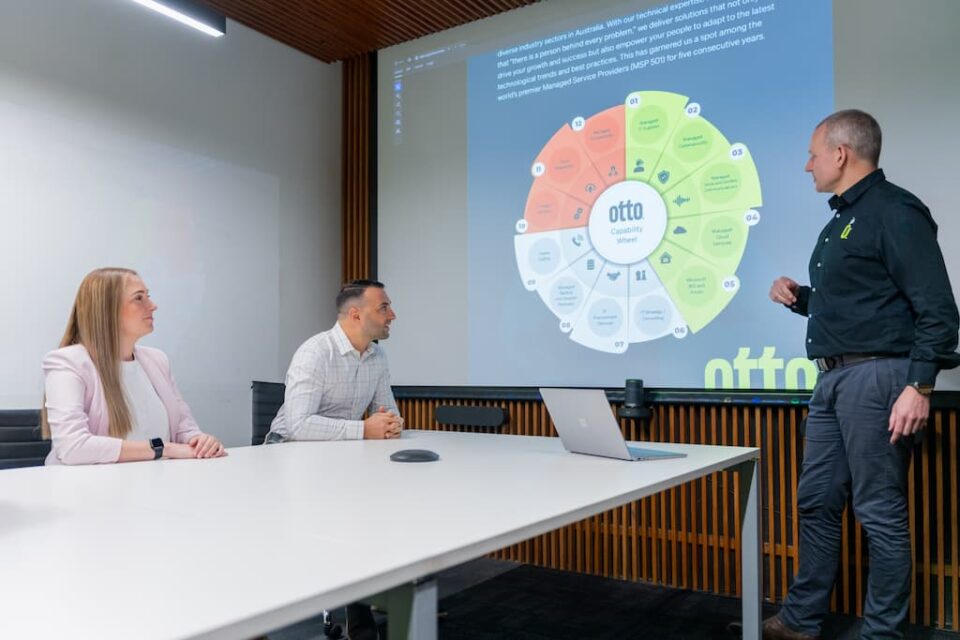
An IT budget is necessary for any business that wants to stand out in 2025. This budget ensures you set appropriate funds aside for the right tools, systems, and support your team needs to achieve set goals without overspending.
However, creating an IT budget is not a one-size-fits-all approach for all companies. You need a unique strategy that works for your business goals and needs.
In this article, we will explore why you need an IT budget and how to create a good one for your business.
Why You Need an IT Budget
An IT budget lists how much a business will invest in its information technology department for a specific period. It usually includes
- hardware and software purchases
- salaries for IT personnel
- maintenance and support expenses
- security fees
- cloud and storage fees
- training and subscriptions.
- subscriptions for essential SaaS platforms
A well-planned IT budget focuses on investing in tools and services that drive growth and efficiency.
Easy Guide To Create an IT Budget
Here is a straightforward guide to help you create a well-crafted IT budget for your business.
Assess your existing IT structure.
Before you can plan for the future, you need to understand your current circumstances fully. Start with an IT audit and take stock of your security systems, hardware, software, etc. Document the performance of these systems, which ones need an upgrade, and what needs to be discontinued. Your goal should be to create a seamless work process and eliminate redundant effects. This will help you identify priorities and a definite running cost.
Set clear objectives
Aligning your IT needs with your business goals ensures that you are spending wisely. For example, if you are transitioning to remote work, you will need to allocate funds for software subscriptions that can accommodate your workers and promote seamless communication. Set goals for your IT budget and stick to them.
Estimate fixed and variable costs
Divide your budget into two categories: Fixed Costs and Variable Costs. , Fixed costs are consistent, such as internet, software subscriptions, and employee salaries and benefits. Variable costs, on the other hand, are expenses that fluctuate depending on business activity and technology usage, like equipment upgrades, cloud storage, and data transfer costs. By understanding these two categories, you can know where to cut costs during slow business periods and where to invest when there is room for growth.
Plan for upgrades
Delaying technology upgrades can cause workflow issues, roadblocks, and security vulnerabilities. Plan ahead to replace hardware after three to five years, renew licenses, and upgrade software. It’s never a bad idea to be ahead of the competition, so always plan for the best and most functional upgrades and tools that maintain productivity and efficiency.
Plan for cybersecurity
Investing in your security system is necessary. Your IT budget should cover antivirus, backup and recovery, cybersecurity training for employees, and security audits. If you are in a regulated industry, factor in compliance costs and what it will take to keep off sanction lists. These security plans protect the integrity of your business and ensure the safety of your customers.
Budget for personnel training
People are your greatest assets and just as important as technology. So, ensure that salaries for employees, hourly rates for external IT consultants, certification programs, and seminars are well accounted for. Training your staff to manage new system upgrades ensures maximum returns on investments and reduces errors and downtime usually associated with new software.
Create a contingency fund.
Even the best-planned budgets can still be disorganized due to emergencies or unexpected growth opportunities. It is always wise to keep about 5 – 15% of your budget for emergencies like quick equipment replacements, urgent software fixes, new opportunities for growth, and critical security threats. These scenarios all require expenditures, and having a contingency fund can save you the stress of running around to pool funds or even getting into debt.
Predict future needs
Your IT budget should also account for future technology needs. Consider new and larger office locations and expanded cloud storage capacity. This can help you accommodate increasing staff numbers and the need for additional data on your server. Also, plan for new technologies so you can stay ahead of trends and plan for tools that you may need in the future.
Monitor and review your budget regularly.
Treat your IT budget as a living document. This means constantly reviewing and updating it based on emerging market and technology trends. Once the budget is created, monitor and adjust it monthly or quarterly. Remember to compare actual costs versus projected costs, reassess priorities, reallocate funds based on new priorities, and evaluate vendor performances.
Using a spreadsheet or budgeting software can help you track your expenses and flag inconsistencies early so that you can reorganize and balance your sheet. When reviewing your budget, include key personnel and stakeholders to make sure your new budget aligns with all department goals.
Common IT Budgeting Mistakes to Avoid
IT budgeting mistakes can cause serious issues within the organization. Here are the most common IT budgeting mistakes to avoid.
- Ignoring hidden costs
Make sure you always factor in the full cost of ownership of a new tool and not focus on the purchase cost alone. Include the cost of setup, training, maintenance, and upgrades.
- Leaving out key departments
Failing to involve other teams can lead to buying tools no one needs. Get input from key departments’ stakeholders to ensure your budget supports business-wide goals.
- Overlooking scalability
Not planning for growth can leave you underfunded. Create your IT budget with future expansion in mind. This could mean focusing on more users, data, or locations.
- Skipping security and compliance
Neglecting cybersecurity or regulatory needs can cost you your entire business, so always include line items for security tools, audits, and compliance updates.
Wrapping Up
Creating an IT budget is an absolute necessity for any growing business that leverages technology daily. It is a strategic plan that can empower businesses to make better decisions, avoid waste, and promote long-term growth. A great IT budget comes from planning proactively and aligning expenses with business goals while remaining flexible for possible changes.
Whether you’re managing a small business or a long-standing firm, a properly crafted IT budget is essential for attaining success and sustaining growth.
managed it support articles
Related Blog Articles
Discover more insights to optimise your business with the latest IT trends and best practices. Stay ahead of the curve by learning how to leverage cutting-edge technology for success. Explore expert advice and valuable guidance to navigate the evolving world of IT solutions



